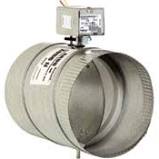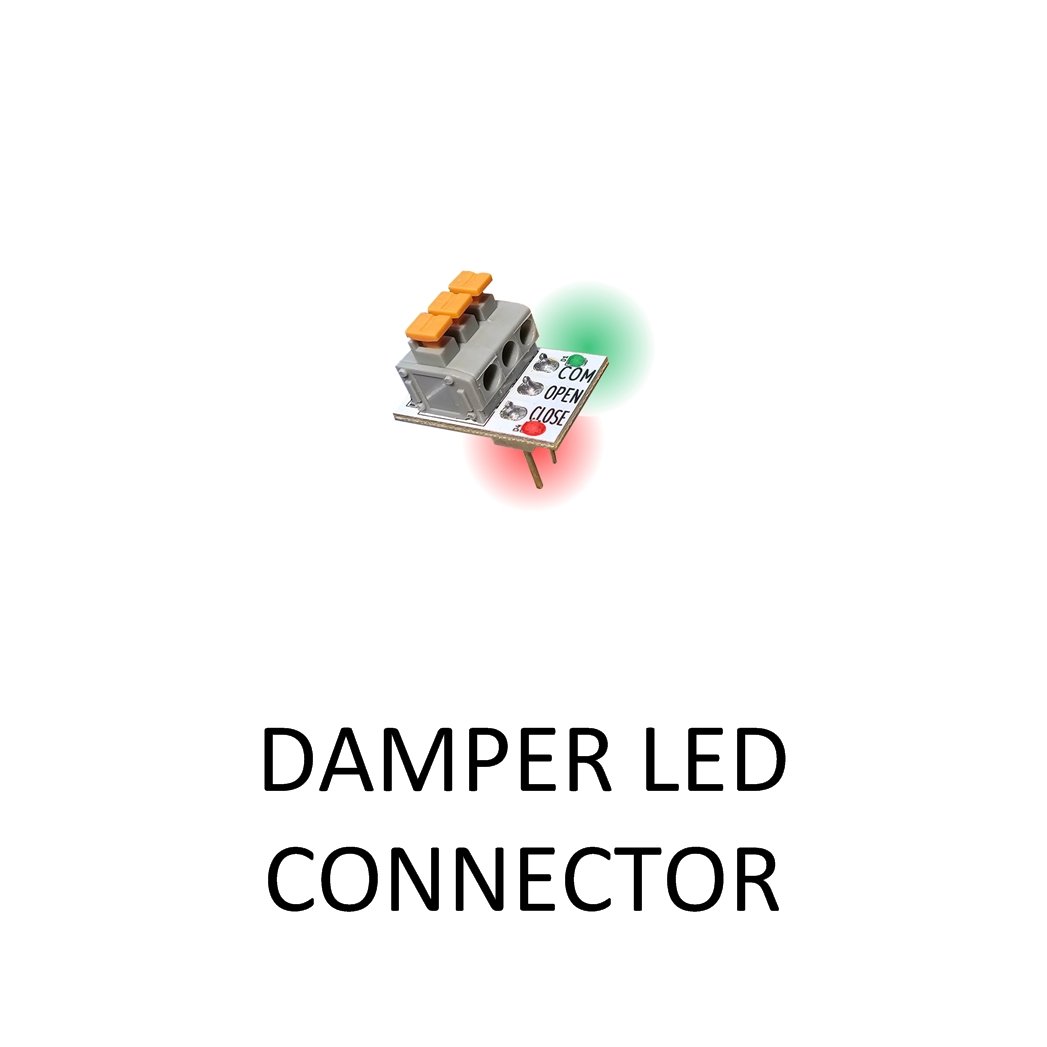Protecting the equipment from running too hot or too cold is very important consideration when selecting zoning panel. By the nature of zoning, airflows in the duct work are being adjusted as zones open and close. Even in Pressure Relief is adequately designed using a bypass or other method, temperatures across the coil and the furnace can fluctuate. An example is on a mild 60 degree day, a single small zone calls for heat. In this case, a large percentage of already “heated” air is being re-circulated or forced back through the furnace to be “re-heated.” This condition can cause temperatures that will cause the fail-safe temperature sensor to trip on the equipment. The same thing can happen in the cooling mode with consequences that look like frozen coils and potentially damaged compressors.
The need for protection has OFTEN been overlooked with zoning and has caused many failures that have been generically blamed on “zoning.” Much of the negative feelings about zoning has been caused by this problem. The solution is available on most modern panels: A supply air temperature sensor (discharge air) that allows the zoning panel to cut off the equipment when the temperature is too high or too low.
Staging
The zoning panel used here is determined by the equipment being used on the application. If the equipment is single stage, any zoning panel available should work that meets the other guidelines described here. When multiple stages are being used, there are many less options. First of all, many inexpensive zoning panels do not control more than one stage (although most of these don’t meet other criteria described in this book either). Secondly, and often overlooked is the staging control method. Many available boards simply control second or third stage based on time alone. In other words… if stage one is on for 8 minutes, turn on stage two. More accurately, some panels include a 2nd stage lockout if only one zone is calling. Best of all, some panels available use a supply temperature sensor to stage based on both time and temperature. With a temp sensor controlling stating the most efficient use of equipment can be made, not to mention the protection from freeze or overheating it provides.






















4", 5", 6", 7", 8", 9", 10", 12", 14", 16", 18" Available
FEATURES:
Industry-leading quality & highest reliability, Belimo Motor, Full-seal gasket blade, Super-Heavy Duty, Ribs for easy flex duct attachment, One crimped end for easy solid duct attachment, 5 Year replacement warranty.
NOTE: All dampers subject to a 10% restocking fee.